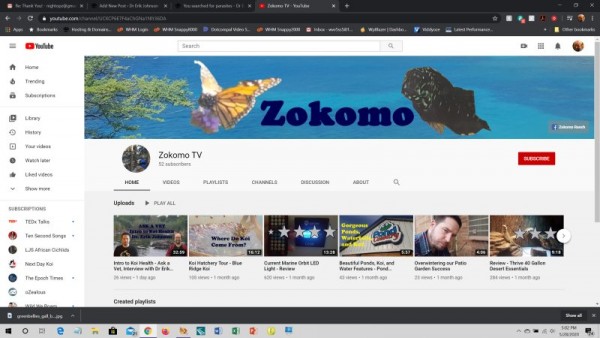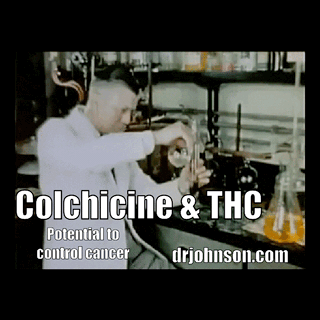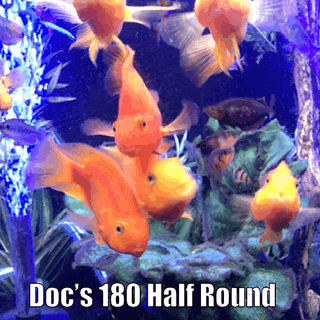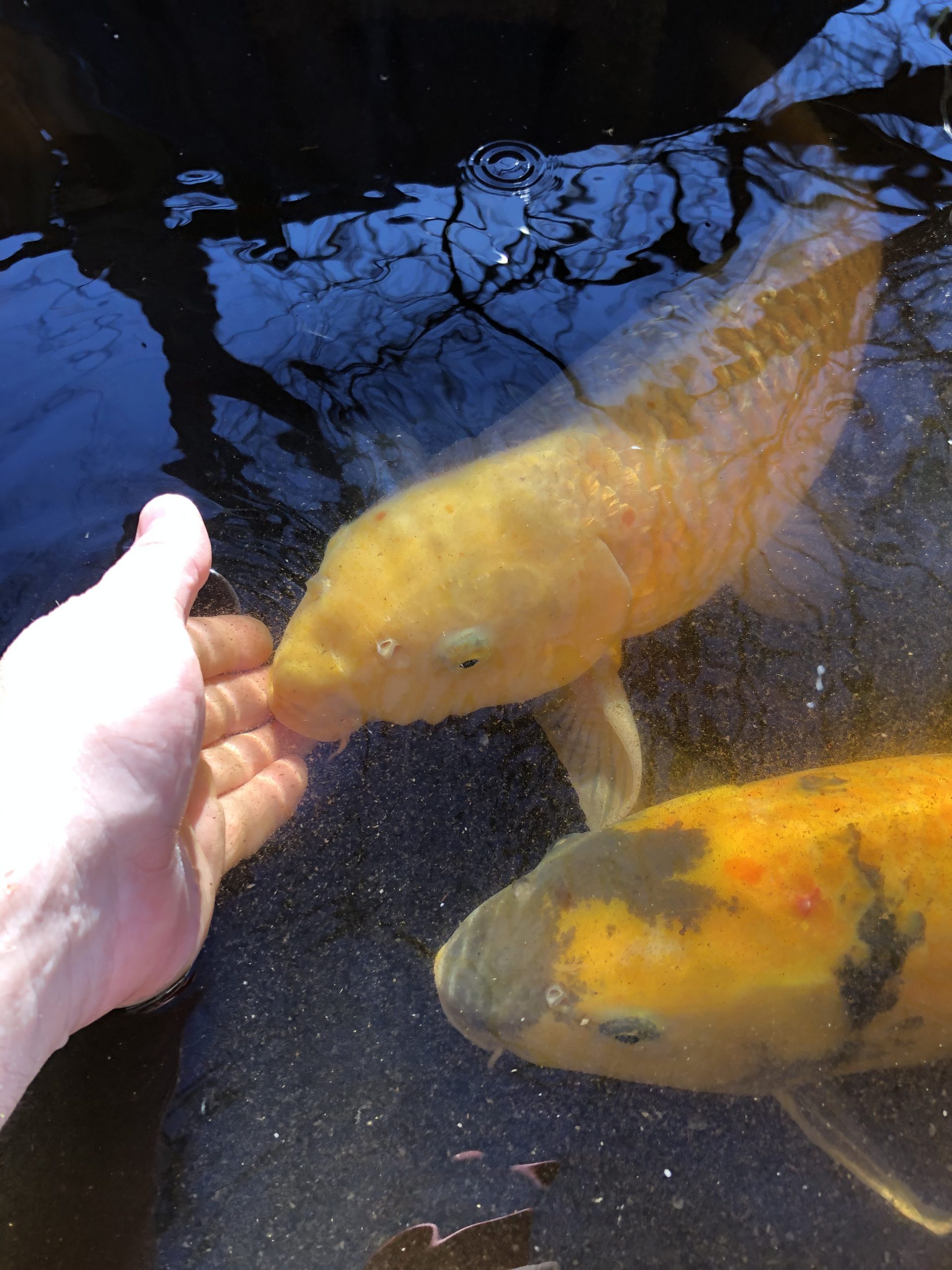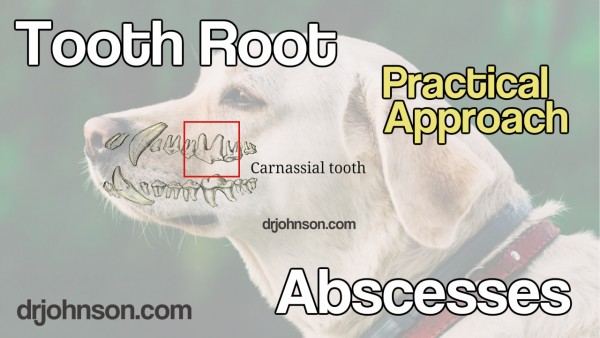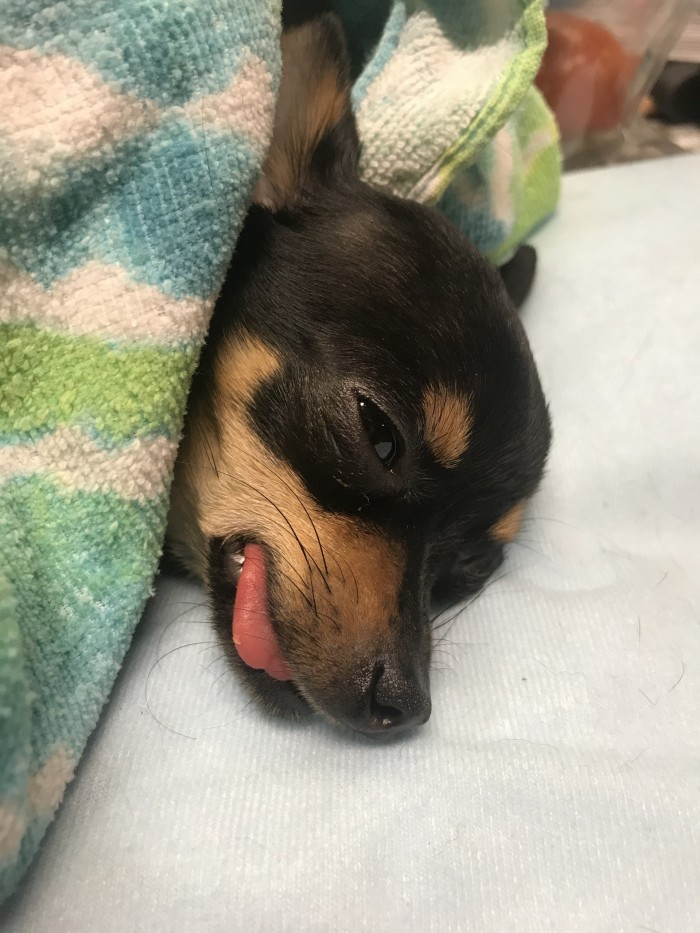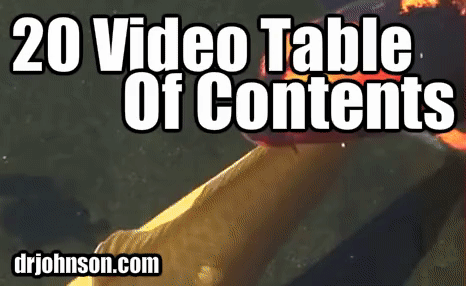Category: Pictures & Videos
Random pictures and videos from practice
I went to Blue Ridge Fish Hatchery this spring to give a seminar for the folks at…
So, they finally perfected the “titanium” submersible aquarium heater. You never have to worry about smacking it…
Very Possible Cure For Some Cancers A convergence of research on antioxidants, gut microbes, the immune system,…
Doc’s Main Fish Aquarium This is my 180 gallon acrylic Half moon tank, it’s a Clarity Plus…
Parasite Videos Under the Microscope Dr Petty has uploaded a mess of parasite videos to a Youtube…
This is the Chagoi that ate the pecans. (Case)
Canine tooth root abscesses are common, and sometimes there’s more than meets the eye. What if it’s…
Luna had retained baby teeth. The space between the adult teeth and the two retained teeth was…
What Is In Each Video? Table of Contents: Twenty Koi Health Video Tutorial Handling Stress -Have the…
Figuring out your Koi and Fish Health Illness Problem In Twenty Easy Steps What Is In Each…
